Centenarian helped guard against German submarines during World War II

Joseph Jennings dedicated much of his 100 years on the planet to public service.
He served in the Navy in World War II – as a radioman on a PBY 5A Catalina seaplane that sank a German submarine off the coast of Brazil – and then the Air Force in the 1950s and in the Pentagon for 22 years, both as a civilian and a member of the Defense Intelligence Agency.
“It is the military version of the CIA,” explained Jennings, who turned 100 in mid-September.
By then, he was an electronic engineer with four degrees who worked in research and development.
The Oklahoma City native came to Sarasota with his second wife Lynard Allen.
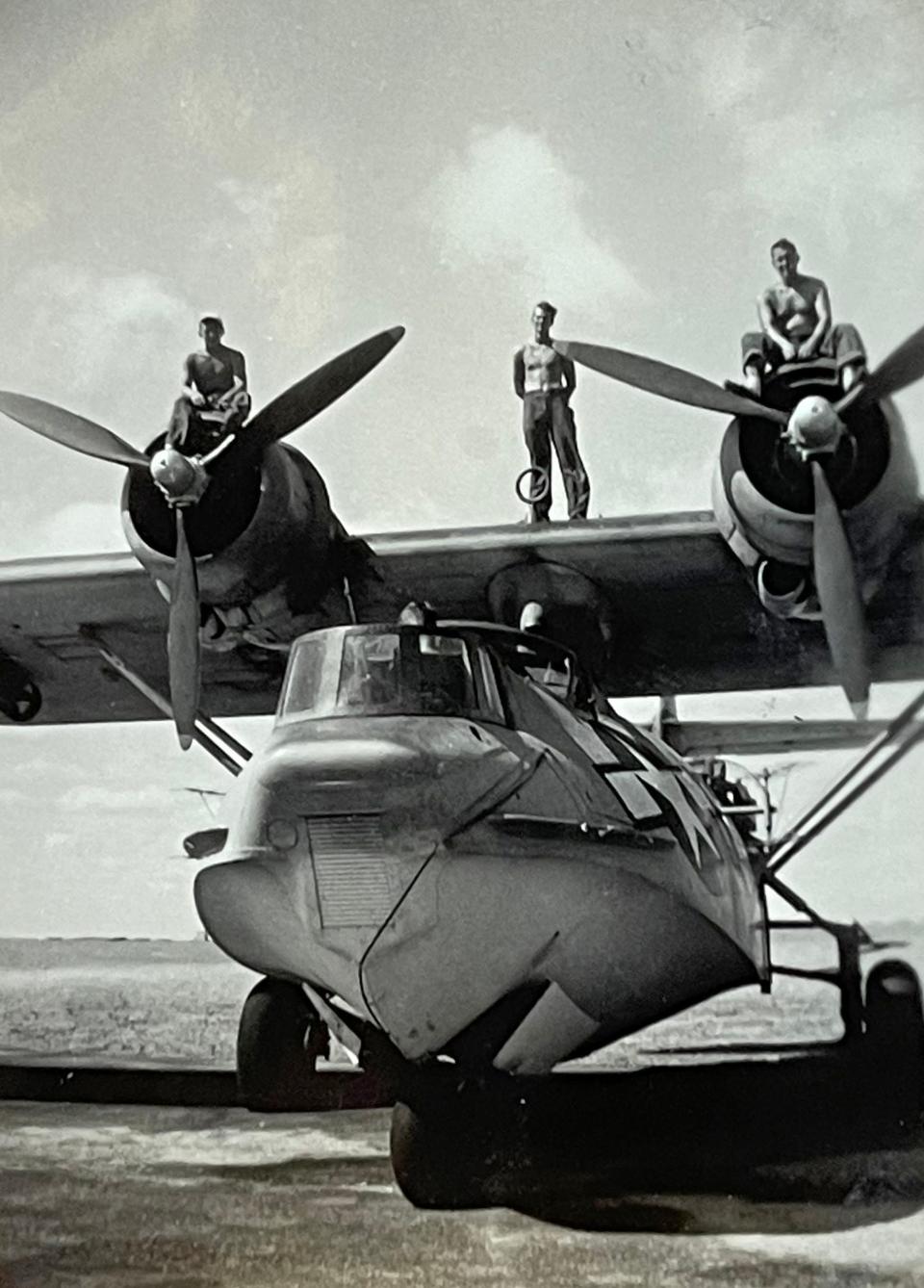
Earlier: Army veteran marks 100th birthday, recalls Battle of the Bulge
They were married for 32 years. She died in 2014, after a four-year bout with Alzheimer’s.
“I saw her every day,” he added.
.“We finally moved down here, “ Jennings said.
Jennings met his current wife, Denise, on the tennis courts at the Founders Club.
“And I beat him,” she quickly added.
Called to serve after Pearl Harbor
According to the National World War II Museum, citing U.S. Department of Veterans Affairs statistics, of 16 million Americans who served in World Ward II, 167,284 were still alive, including about 14,800 in Florida.
Jennings enlisted out of high school at age 19, shortly after Pearl Harbor. He wanted to be a pilot, but the Army Air Corps wanted him to be a mechanic. Instead, he joined the Navy and studied Morse code.
That led to his assignment as part of a nine-man crew on the PBY that, at first, was tasked with patrolling the coast of the United States in the Atlantic Ocean, searching for U-boats.
“When World War II started, and even before that, we were being harassed off the East Coast of the United States by German U-boats,” Jennings said. “We surveilled the Atlantic area of the coast to keep the submarines down."
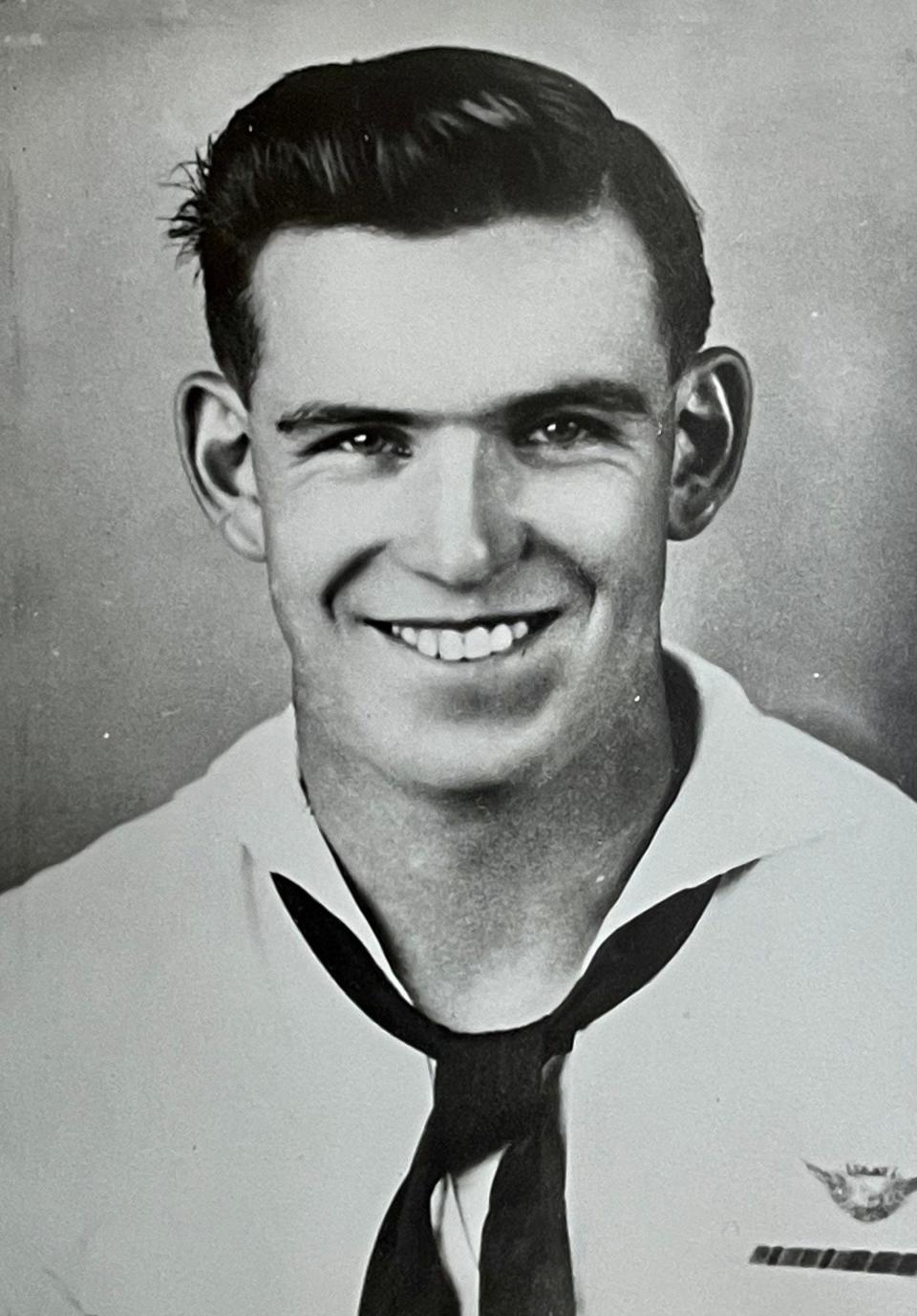
PBYs were fairly noisy aircraft, Jennings said, so submarines could hear them coming and dive in an attempt to escape detection. By doing that, the submarines had to travel slower than the convoys they were pursuing.
“Our job was not to engage German submarines but to keep them down,” he said. “The reason for keeping them down was that they could only do six knots down.
“They could do eight knots if they were on the surface – and that’s the same speed that convoys and some of these ships operated in.”
Then, his patrol areas were off of Charleston, Norfolk and Jacksonville.
Six months later his plane was assigned to patrol off the coast of Brazil, as part of a 12-plane squadron.
The patrols were providing air cover for convoys that would head south to the Caribbean then east across the Atlantic to North Africa.
While the squadron provided 24-hour air cover, patrol flights lasted between 16 and 18 hours.
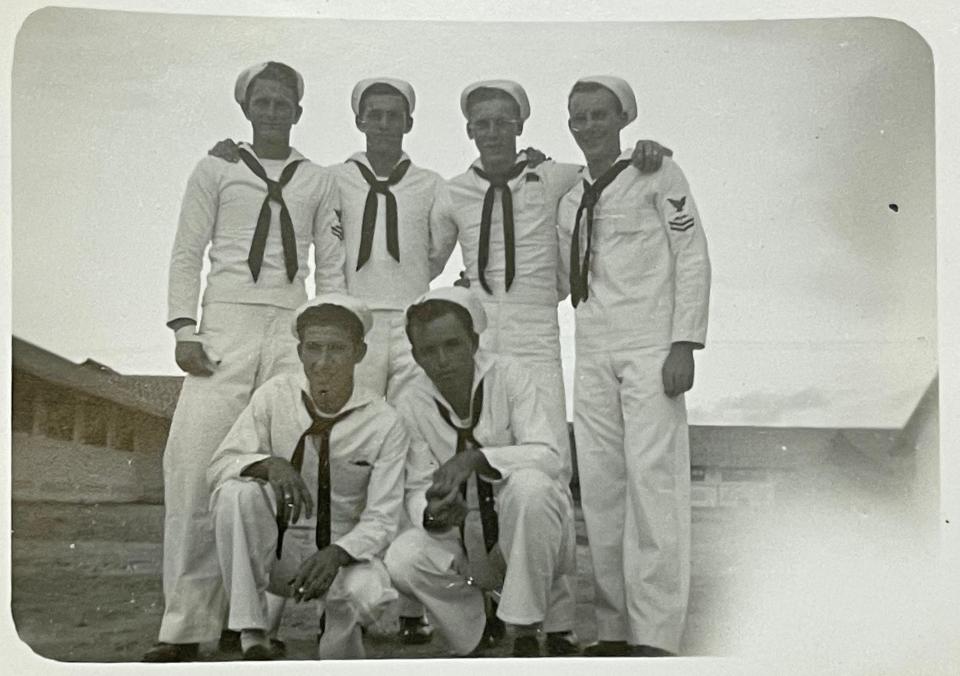
Each crew included two pilots, an engineer, two radio operators, a navigator, a forward gunner and two side gunners.
Crews were cross-trained in a variety of tasks. When he wasn’t manning the radio, Jennings was on watch or serving as a gunner.
The PBY aircraft could land both on land and water and were armed with a 30-caliber gun in the nose, one 50-caliber gun on each side and four depth charges – two under each wing.
The main squadron base was Natal, Brazil, but the planes would move down the coast and gas up at different stations.
In the two years that Jennings was flying out of Brazil, the squadron was credited with three confirmed submarine sinkings – though there may have been as many as five sunk.
The plane Jennings flew on was credited with one of those confirmed kills, in April 1943.
The plane left on routine patrol out of Fortaleza, Brazil at about 6 a.m., headed east.
About 20 minutes after they left the shoreline, the plane spotted a single-masted Jangada fishing boat – the Brazilians were pro-German before the war and Jangadas were used to ferry fuel to U-boats.
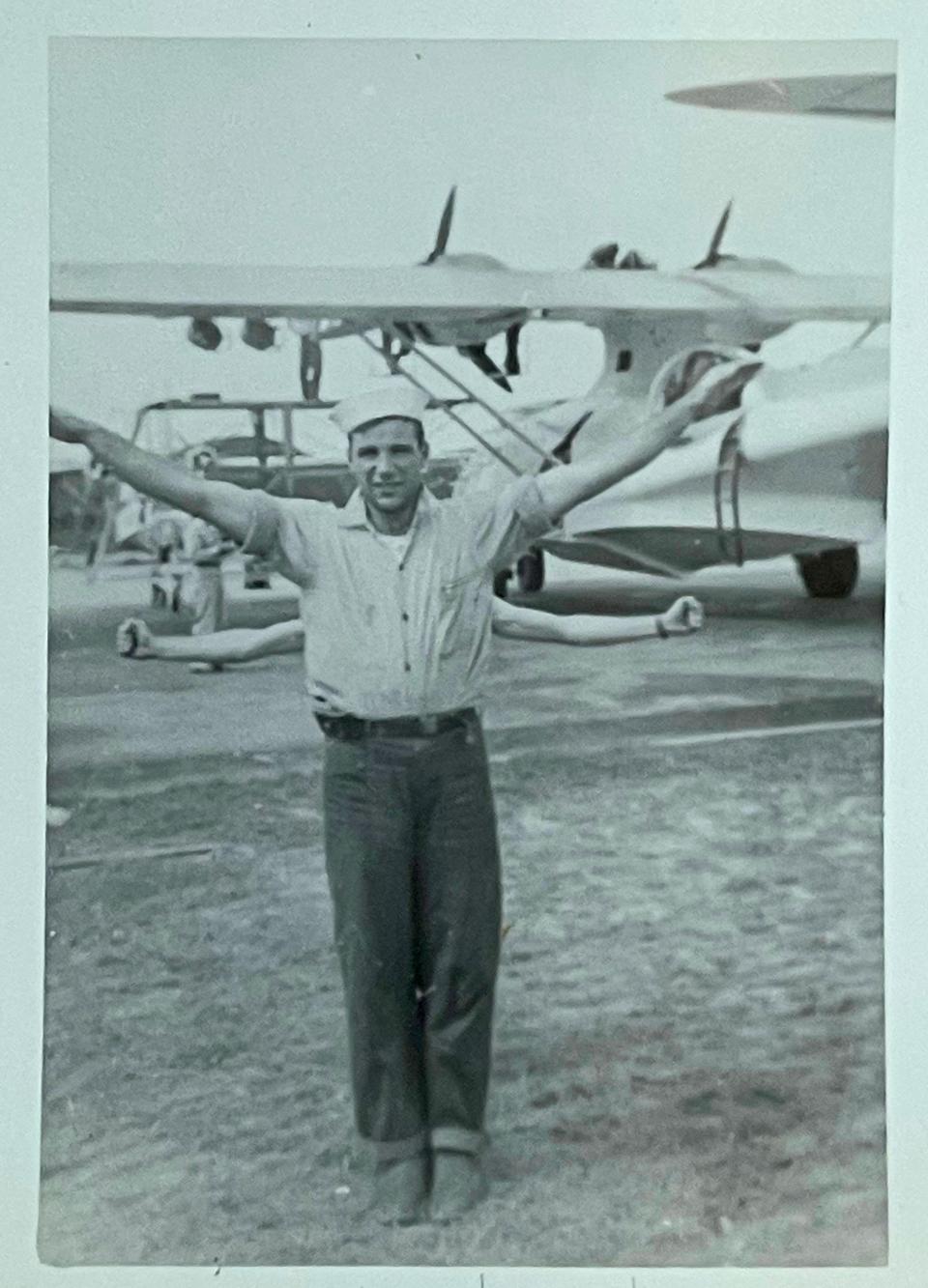
“What they did with those Jangadas, they took 55-gallon drums and they strapped them to that sailboat and took them out to a German submarine to refuel them,” Jennings said.
The PBY followed the Jangada for about 25 or 30 minutes Jennings said, then came across a U-boat on the surface.
“He had no idea we were in the area because a PBY5A is painted so it blends in with the clouds and we were about 6,000 feet,” Jennings said.
The pilot circled back around, lowering to attack.
“We made one pass on him and strafed him with our bullets,” Jennings recalled. “We came back with a couple bullet holes in us also.
“The reason we attacked him is we wanted him to dive, get him down so we could depth charge him,” he added. “As soon as we cleared past him, you could look back and see that he was thinking about diving immediately.”:
After the attack, the pilot turned right and the sub went in the other direction and submerged.
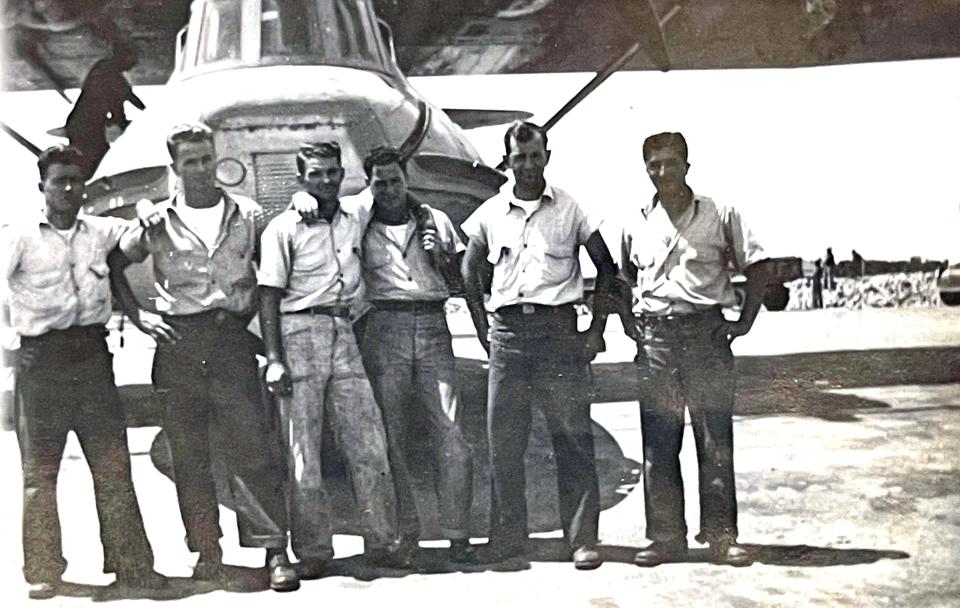
The PBY then circled back overhead.
“We could still see his shape down there and we dropped the depth charges on him,” Jennings said.
“Nobody thought of themselves at all during that,” he added. “We had trained about what we had to do if we came across a submarine on the surface; we did our job.”
Air Force service
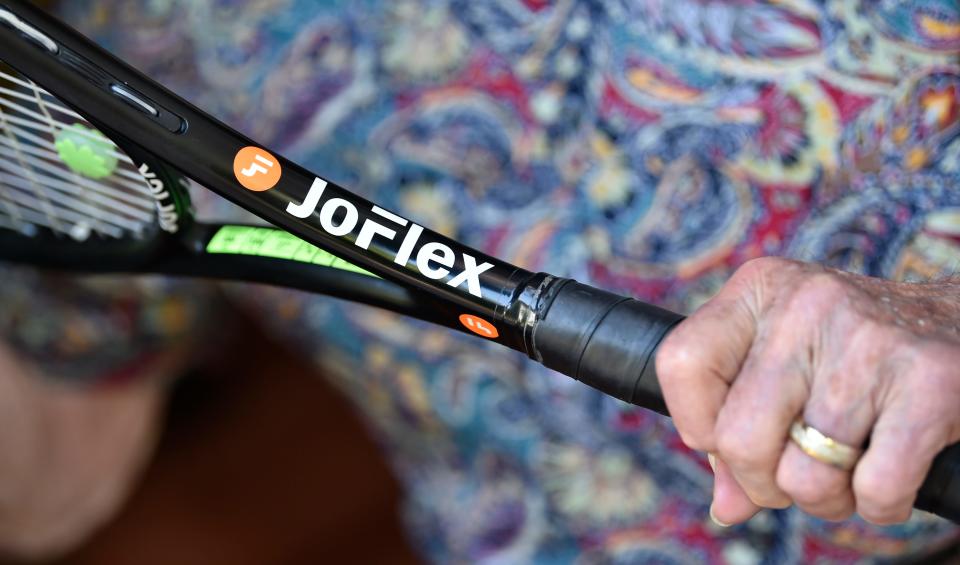
After the war, Jennings earned a degree in night school from Oklahoma City University on the GI Bill and joined the Oklahoma Air National Guard. His unit was activated for the Korean War but he was never deployed to Korea.
He later earned degrees from Oklahoma State University.
The Air Force sent him back to get an engineering degree and an electronics degree.
Jennings worked for a year site engineering navigational aids in the U.S.
He went on to work for the Defense Communication Agency in the Pentagon and transferred to the DIA – which was when he met Lynard Allen.
Jennings spent 24 years in the military and worked another 18 years at the Pentagon as a civilian.
There were other tasks of public service. In 1960, he worked for NATO and was assigned as a chairman of a committee that designed tactical navigational aids.
While at the Pentagon, he also worked on a method of transmitting high quality photos containing intelligence information via telephone lines and early police “fax machines” instead of courier.
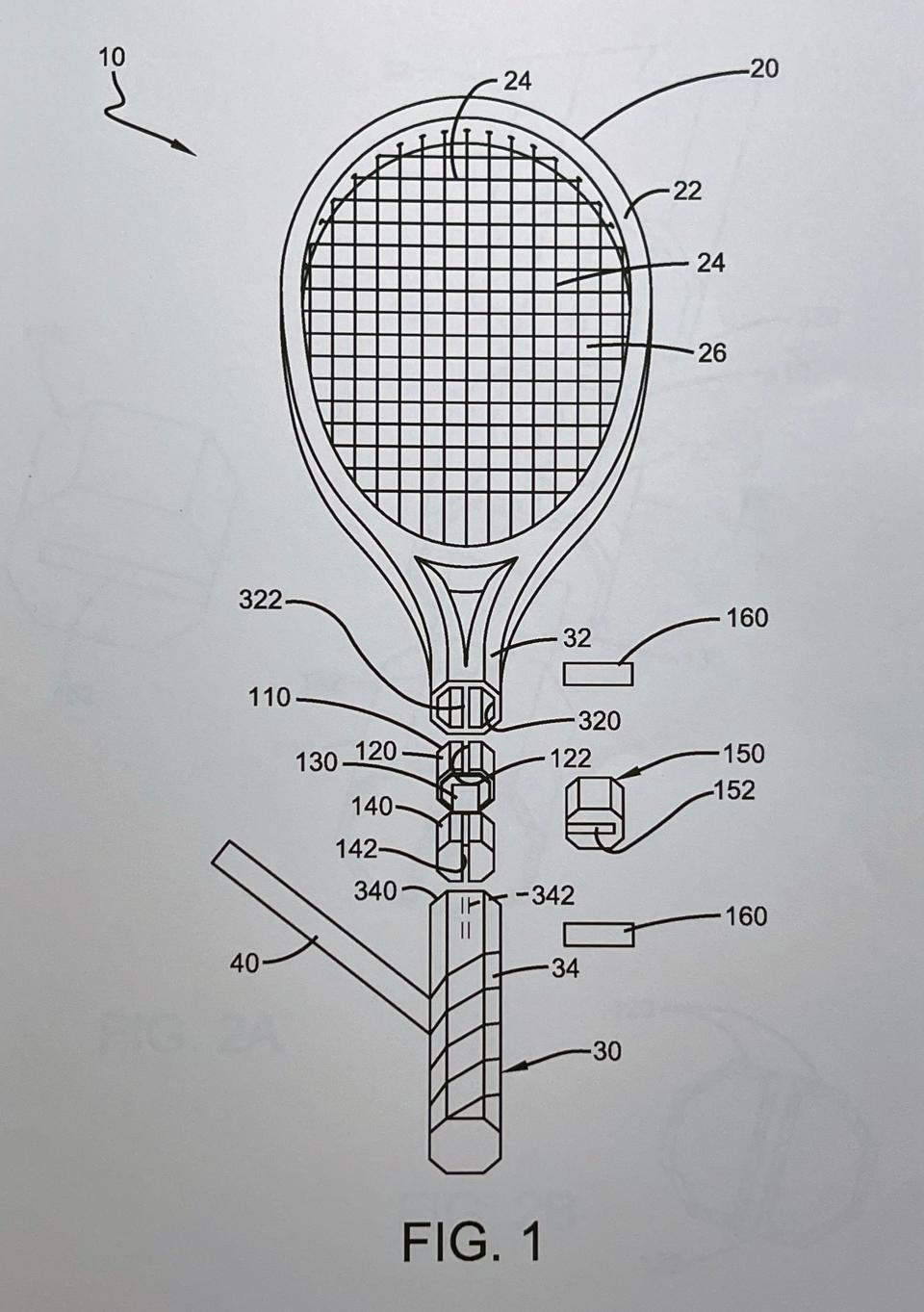
In 1965, he was part of a U.N. task force that conducted a nine-month evacuation of Belgian nationals from the Congo, as Belgian rule was winding down.
In retirement Jennings has been an avid inventor with five U.S. patents, including one for a tennis racket and a flex unit that is part of the racket shaft.
“You don’t have a vibration of hitting at all,” Jennings said.
Denise’s son markets them and has sold 10 rackets.
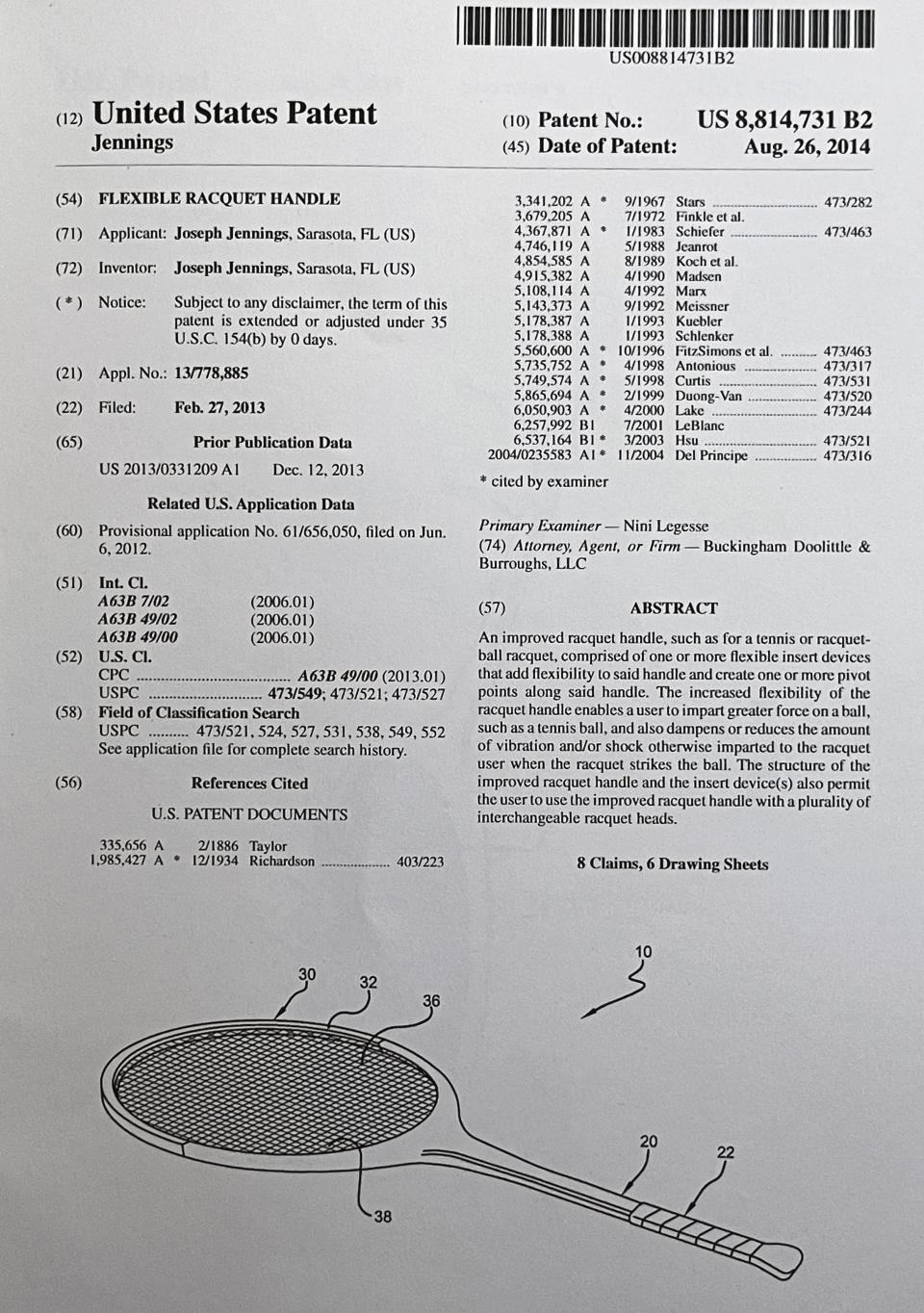
A one-time national-level team handball player, as well as an avid tennis player, Jennings credited his longevity, in part, to being athletic.
“It isn’t the athletics necessarily but I never sit around on a couch,” Jennings said. “Whenever I found myself thinking about sitting around, I go out and do something.”
Earle Kimel primarily covers south Sarasota County for the Herald-Tribune and can be reached at earle.kimel@heraldtribune.com. Support local journalism with a digital subscription to the Herald-Tribune.
This article originally appeared on Sarasota Herald-Tribune: Sarasota veteran flew on a seaplane that sank a U-boat in World War II

